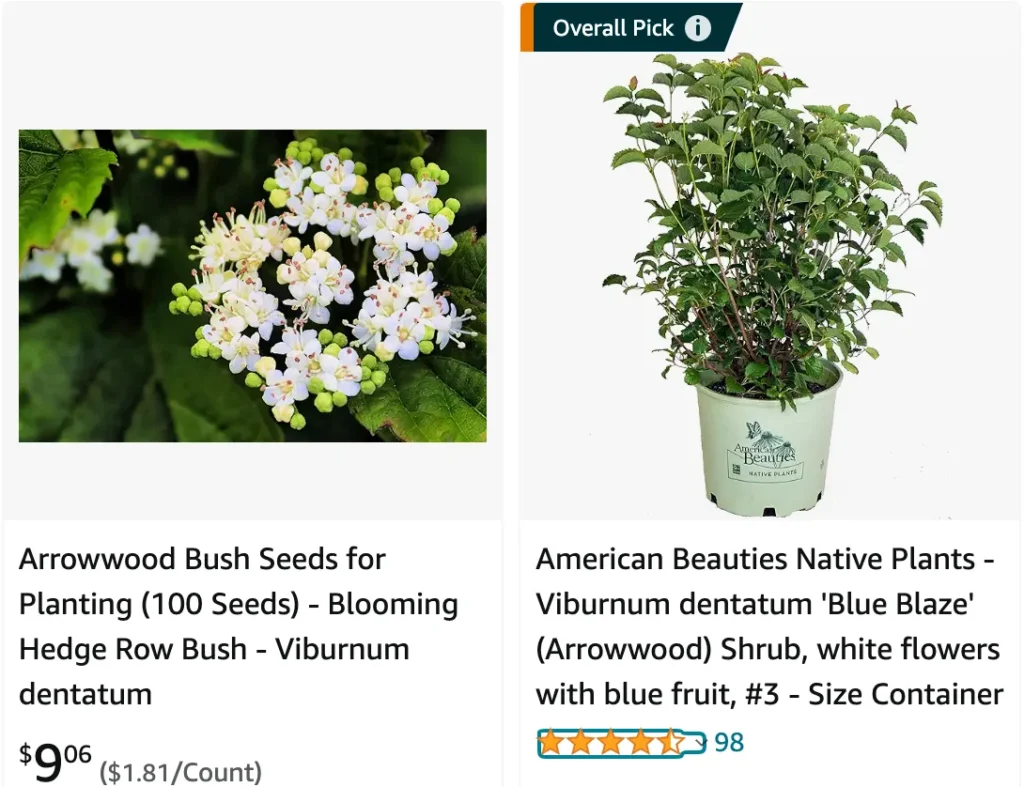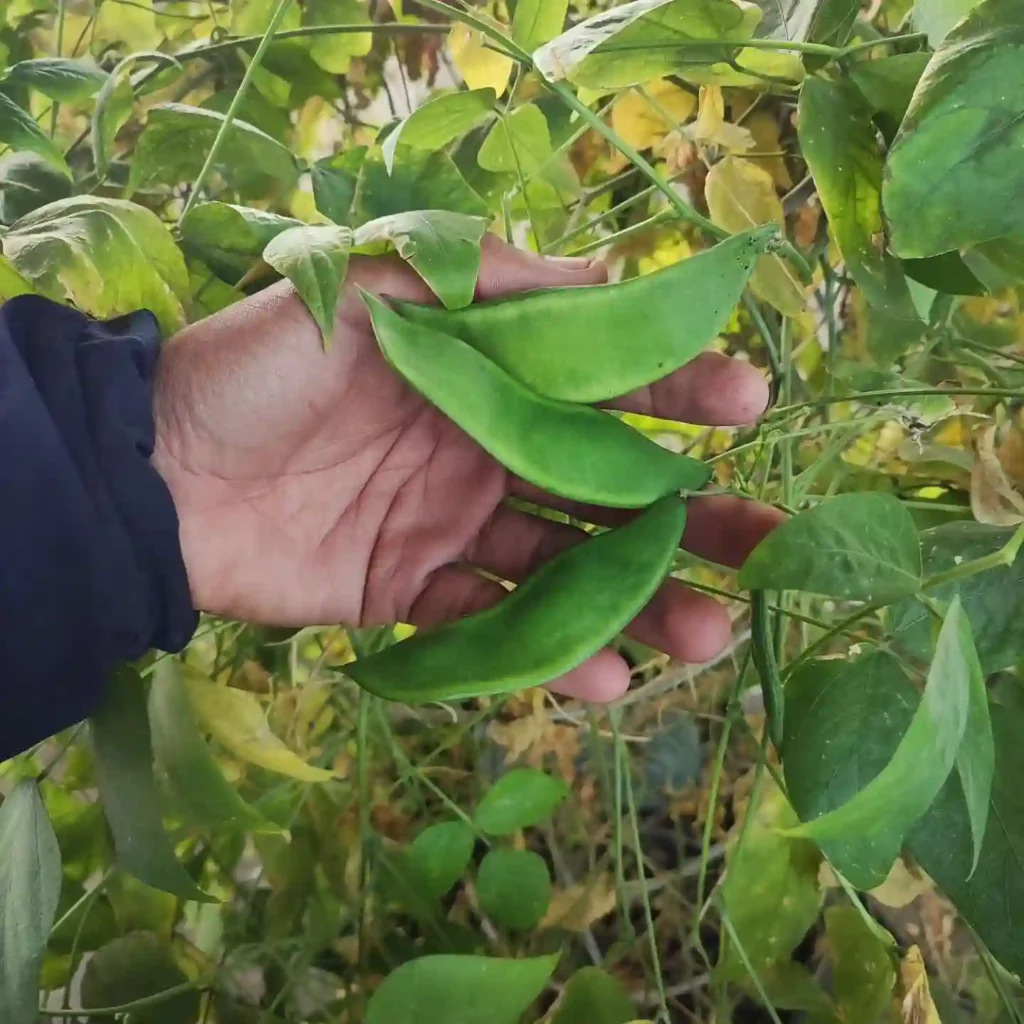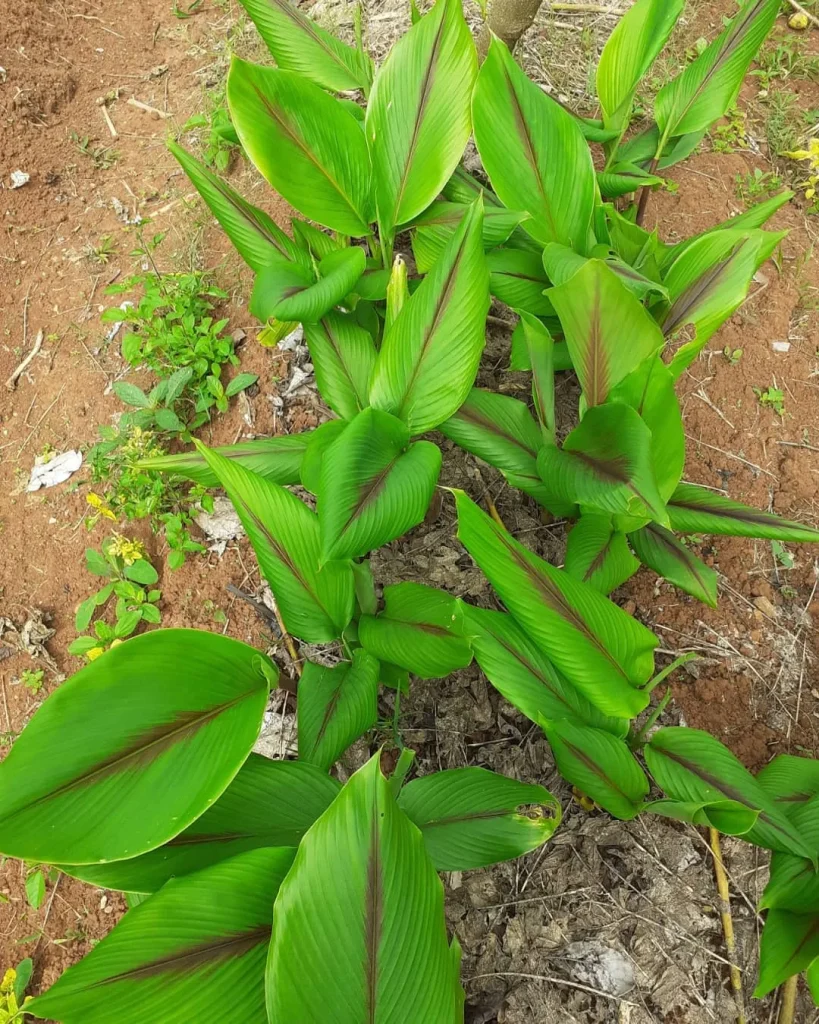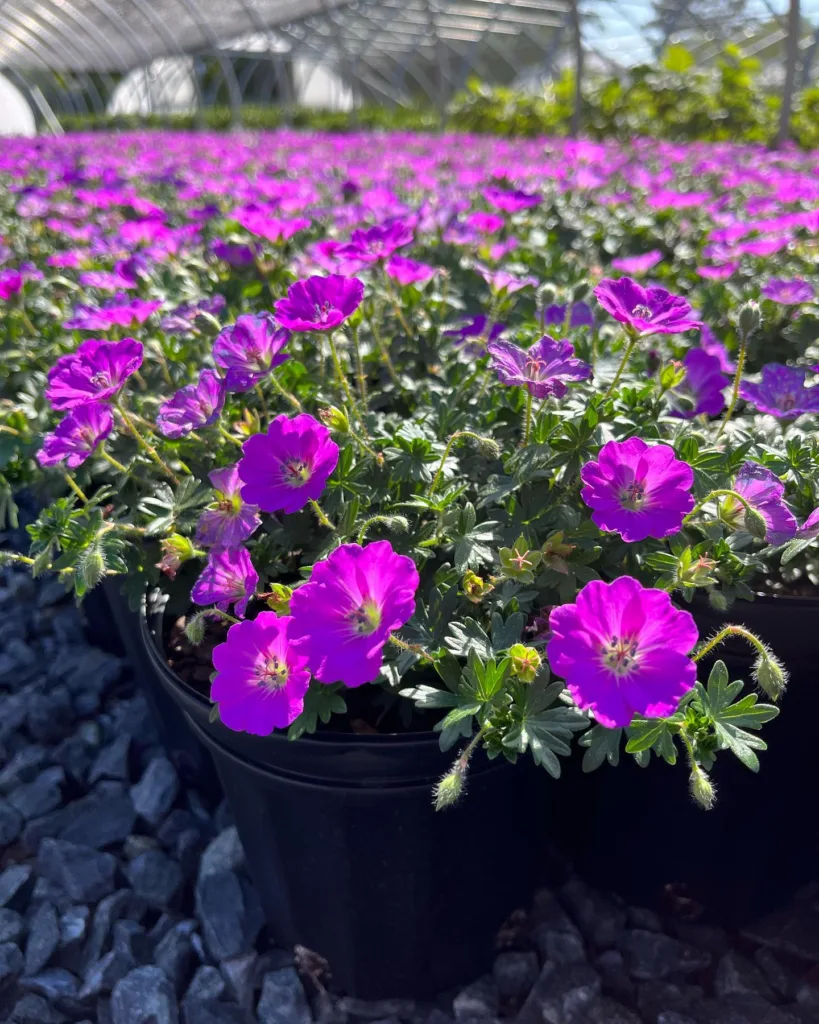
Autumn Jazz Viburnum: A Showstopping Shrub for All Seasons
As a landscape designer, I’m constantly on the lookout for plants that offer year-round appeal. The Autumn Jazz Viburnum is one such shrub that has captured my heart (and my clients’ yards) with its versatility and stunning seasonal display.
This beauty, a cultivar of the Arrowwood Viburnum (Viburnum dentatum ‘Ralph Senior’), boasts a captivating combination of attractive foliage, delicate blooms, and vibrant fall color. But beyond aesthetics, it’s a low-maintenance shrub that thrives in various conditions, making it a perfect choice for busy homeowners like myself.
206 Species in Genus Viburnum
What to Know Before You Grow Autumn Jazz Viburnum?
Before diving into the Autumn Jazz Viburnum’s delightful features, let’s address some practical considerations. Choosing the right spot and providing proper care are essential for a healthy and thriving shrub.
Sunshine and Soil: This viburnum prefers full sun to partial shade, with at least 5-6 hours of direct sunlight for optimal growth, flowering, and vibrant fall color. When it comes to soil, the Autumn Jazz Viburnum is adaptable, tolerating a range of conditions from well-drained loam to clay or even moist soil. However, excessively wet sites should be avoided.
Planting Tips: The ideal planting time depends on your location. In warmer climates, spring is the preferred season. For colder regions, fall planting allows the roots to establish well before winter. Dig a hole twice the width of the root ball and slightly deeper. Amend the soil with some compost or aged manure for added drainage and nutrients. Water deeply after planting and regularly during the first growing season, especially during periods of drought.
How Fast Does Autumn Jazz Viburnum Grow?
Patience is a virtue, but the Autumn Jazz Viburnum grows at a moderate pace, reaching a mature height of 8-12 feet and a spread of 8-10 feet within 10 years. This manageable size makes it ideal for foundation plantings, borders, or even mass plantings to create a stunning naturalized effect.
A Word on Pruning: While the Autumn Jazz Viburnum boasts a naturally good form, occasional pruning can be beneficial. Prune after the flowers have faded in late spring to maintain the desired size and shape. Remember, proper pruning techniques are crucial, so consult a professional or research proper methods before tackling this task.
When Do Autumn Jazz Viburnum Bloom?
The springtime brings a delightful display of creamy-white flowers in flat-topped clusters, similar to hydrangeas. These blooms may not be fragrant, but their delicate beauty adds charm to the landscape.
A Feast for the Birds: The flowers eventually give way to clusters of blue-black berries in late summer. These berries, while not particularly appealing to humans, are a delightful treat for birds, attracting feathered friends to your garden.
Autumn’s Grand Finale: A Blaze of Color
But the true showstopper for the Autumn Jazz Viburnum is its fall foliage transformation. As summer wanes, the once-green leaves put on a dazzling display of fiery hues. Vibrant shades of red, orange, yellow, and burgundy explode in a breathtaking spectacle, adding a touch of magic to your autumn landscape.
Beyond the Basics: Additional Care Tips
While the Autumn Jazz Viburnum is a relatively low-maintenance shrub, a few additional practices can ensure its continued health and vibrancy.
Watering: Once established, this viburnum is quite drought tolerant. However, deep watering during periods of extended dryness is recommended, especially during the first few years after planting.
Mulching: Applying a layer of mulch around the base of the plant helps retain moisture, suppress weeds, and regulate soil temperature. Opt for a 2-3 inch layer of organic mulch like shredded bark or wood chips.
Fertilizing: While not strictly necessary, a light application of balanced fertilizer in early spring can give your Autumn Jazz Viburnum a boost.
What to Plant With Autumn Jazz Viburnum?
The Autumn Jazz Viburnum’s versatility extends to its ability to complement various plants in your landscape design. Here are a few ideas for harmonious pairings:
- Spring-Blooming Companions: Combine the viburnum with early spring bloomers like forsythia, azaleas, or rhododendrons to create a succession of color throughout the season.
- Summertime Color: For a vibrant summer display, consider planting perennials like daylilies, coreopsis, or black-eyed Susans alongside the Autumn Jazz Viburnum.
- Evergreen Accents: Evergreens like boxwood or holly add a touch of year-round structure and contrast beautifully with the viburnum’s seasonal transformation.
With its captivating blooms, vibrant fall foliage, and low-maintenance nature, the Autumn Jazz Viburnum is a true garden gem. So, if you’re looking for a shrub that offers year-round appeal and easily integrates into your existing landscape, look no further than this remarkable viburnum. As a busy landscape designer, I appreciate plants that offer beauty without demanding constant attention. The Autumn Jazz Viburnum beautifully balances these qualities, making it a favorite among both myself and my clients. Whether you’re a seasoned gardener or just starting out, this versatile shrub is sure to add a touch of elegance and seasonal interest to your outdoor space.
If i die, water my plants!



